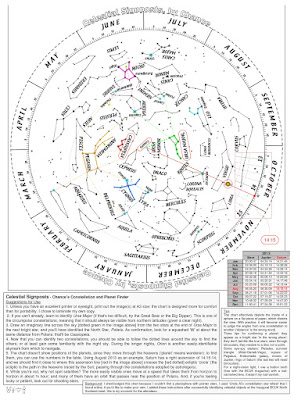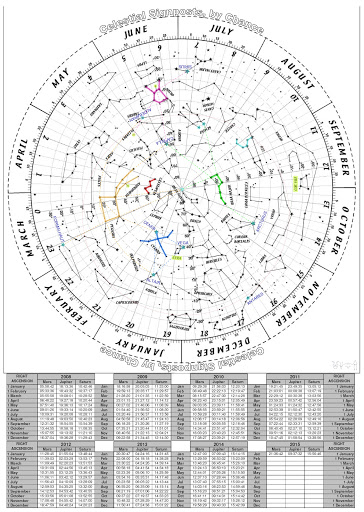To find the Andromeda galaxy (without a fancy iPhone app or a star-finding telescope), try these shed-bodged signposts:
- Drive North from Ursa Major to Polaris.
- From Polaris, drive via Cassiopeia to the square of Pegasus.
- Follow the northern branch of Pegasus to the second junction, and turn right.
- If you can see a more blurry patch than usual, you have arrived at your destination: the Andromeda galaxy.
Instructions:

Planet-finder:

Links (because I'm not sure how downloading images will work):
http://picasaweb.google.co.uk/shedbodger/Shedbodgery#5509313130795838482
http://picasaweb.google.co.uk/shedbodger/Shedbodgery#5509313126065578322
- Drive North from Ursa Major to Polaris.
- From Polaris, drive via Cassiopeia to the square of Pegasus.
- Follow the northern branch of Pegasus to the second junction, and turn right.
- If you can see a more blurry patch than usual, you have arrived at your destination: the Andromeda galaxy.
Instructions:

Planet-finder:

Links (because I'm not sure how downloading images will work):
http://picasaweb.google.co.uk/shedbodger/Shedbodgery#5509313130795838482
http://picasaweb.google.co.uk/shedbodger/Shedbodgery#5509313126065578322
Last edited:

